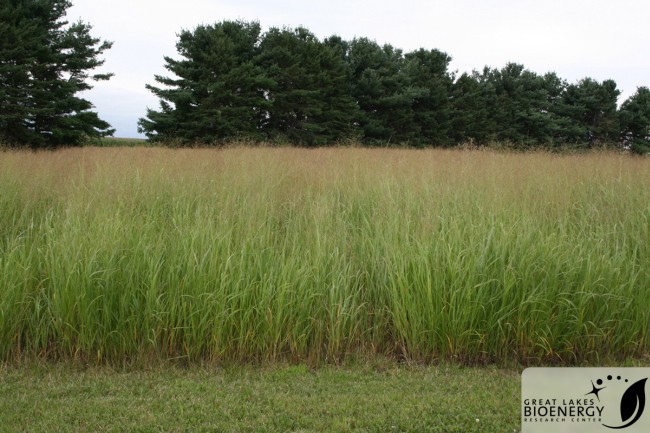Created a bacterium that directly converts biomass into ethyl alcohol

Millet for bioprocessing
The traditional method of producing ethanol from biomass involves costly pretreatment and the use of reactions based on enzymes. Naturally, such a technical process does not provide sufficient profitability. The fuel goes expensive.
There is also an alternative, cheaper technology: consolidated bioprocessing (CBP), when microorganisms are involved in biomass processing. Scientists from the American scientific center BioEnergy managed to significantly optimize this process. They derived a variety of the bacterium Caldicellulosiruptor bescii , which receives ethanol from common millet even without prior preparation of the raw material.
Caldicellulosiruptor bescii is a very rare anaerobic thermophilic type bacterium found in the Valley of Geysers in Kamchatka in 1990.
')
According to experts, consolidated bioprocessing without preparation of raw materials opens up entirely new opportunities for ethanol production from biomass. We get an environmentally friendly and cheap source of biofuels.
Earlier it was known that Caldicellulosiruptor bescii fermented (fermented) millet, but the microorganism lacked the necessary genes to complete the fermentation process to ethanol.
Scientists have identified a suitable gene from another bacterium Clostridium thermocellum - and cloned a genetically modified version of Caldicellulosiruptor bescii. In addition, we had to remove two extra genes that destroyed the products of fermentation.
A modified version produces ethanol from millet, cellobiose and cellulose type Avicel. At least, on such materials it was checked. Bacteria ferment fairly quickly about 30% of the biomass, and 1.7 mol of ethanol is obtained from each mole of glucose. This is close to the theoretical maximum (two moles of ethanol per mole of glucose). The process takes place at a temperature of 65-75 ° C.
Scientific work published in the journal Proceedings of the National Academy of Sciences.
One can only hope that the bacterium does not mutate and will remain the same anaerobic thermophile as now.
Source: https://habr.com/ru/post/374909/
All Articles